Rationale & Its Methodical Approach
The ICPL is a multi-disciplinary and general-purpose coding standard for country-language-presentation. It is used to take the ISO global coding system a step further to create an in-depth association between a country/region and a specific language (language family and branch). It aims to extend and provide further clarity, flexibility, and depth to the current IETF BCP 47 standard (that combines the IETF RFC 5646 and RFC 4647 standards). The ICPL also comes with a dictionary database to provide clear and multi-language access to the codified entries.
This helps computer systems recognise and interpret more specific identification of a country, their language, and a respective writing system (presentation). It also helps marketers create more targeted and localised content as well as provide further depth to classifications in private or public databases.
In the ICPL-2 standard this can be taken to the next level to assist in classifying languages of historical articles and literature, helping historians, libraries, and for bibliographic purposes, achieve greater clarity and provide an easy, standardised, and accessible system in classifying and treading the many complex and nuanced state-language-representative identities.
In the term patria-linguistics, "patria" stems from the Latin word (singular nominative, ablative, and vocative cases) meaning a country, fatherland or native land. The word denotes an abstract civic or political concept of a country. This is used to create a general association between a linguistic branch relating to a region, state, or country to a clear cultural, dialectical, and political representation/denomination of a spoken or written language in use today (ICPL-1), or a foregone language (ICPL-2).
- Block 1: Country
A denomination of a civic-cultural-political concept used to establish a relationship between the state, its regions, culture, people, and identity. It is directly connected to the last arbitrarily assigned character of Block 3. - Block 2: Language or Language Family
It is used to denote and identify a language, the language family, a time-delimited periodic state, or the range of registers of a particular known language. Due to the inherent complexity of trying to classify and identify a language, as it is typically a continuous, free-flowing, and ever-evolving medium of communication changed by time, people, and era (in an abstract sense) - this directly relies on the ISO 639-2 standard and coding system. - Block 3: Presentation
This is the non-fixed yet arbitrary portion of the standard and may be changed or corrected in the next iterative versions according to latest known knowledge, discoveries and developments in historical (or diachronic) linguistics.
Help ICPL Grow
Help us build a universal global standard for identification of languages and advance linguistics, archeology, and computing. If you would like to contribute to the standard by joining a technical working group, or help us spread the standard, please contact us by emailing us  .
.

